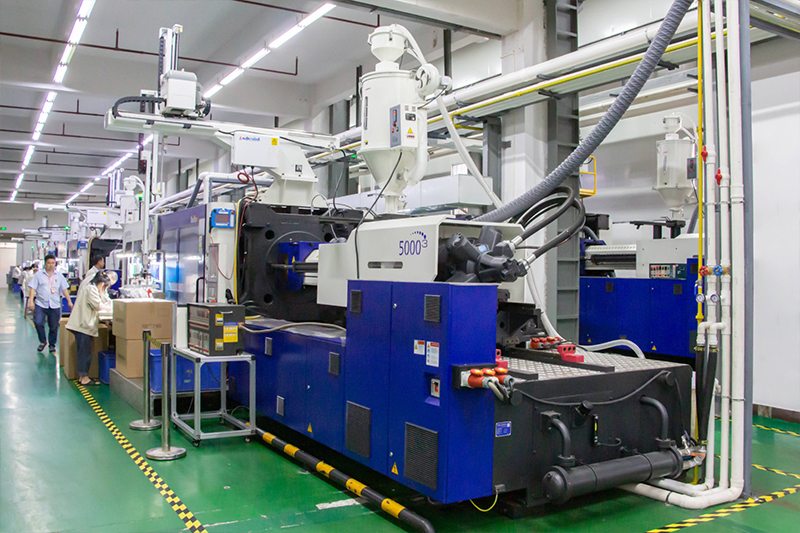What are the differences between automotive ckd and skd?
The difference between automotive CKD and SKD is mainly from the following three aspects:
1. Different definitions:
(1) CKD is the abbreviation of English Completely Knocked Down, meaning “completely knocked down”, which means to enter in a completely knocked down state, every screw and every rivet are not let go, and then all the parts and parts of the car are assembled into a whole vehicle.
(2) SKD is an abbreviation of the English Semi-Knocked Down, meaning “semi-bulk”, refers to the automobile assembly (such as engine, cab, chassis, etc.) imported from abroad, and then assembled in the domestic automobile factory.
2. Scope of application:
(1) CKD method is very suitable for less developed areas, because these places have low land and labor, and the tariffs on spare parts and vehicles are relatively different. By adopting CKD production methods, less developed areas can quickly enter the local automobile market.
(2) SKD mode is usually adopted after CKD production is very mature, which is the result of local enterprises’ pursuit of higher management, efficiency and technology, and also the local government’s demand for the development of supporting enterprises and technology transfer.
3. Assembly method:
(1) CKD is fully assembled, and the assembly method is relatively simple.
(2) SKD is semi-discrete assembly, some core large parts such as engine, gearbox, chassis, etc., have been assembled, which can ensure the assembly process of these key parts, but the final assembly work still needs to be completed.
To sum up, the difference between CKD and SKD mainly lies in the degree of disassembly, scope of application and assembly method. When choosing which method to use, it is necessary to consider a variety of factors such as local production conditions, market demand and technical level.
Post time: Feb-20-2024





